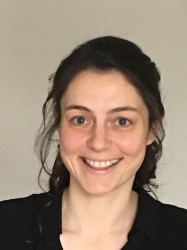BibTex format
@article{Sorek-Hamer:2022:10.3390/atmos13050696,
author = {Sorek-Hamer, M and Von, Pohle M and Sahasrabhojanee, A and Akbari, Asanjan A and Deardorff, E and Suel, E and Lingenfelter, V and Das, K and Oza, NC and Ezzati, M and Brauer, M},
doi = {10.3390/atmos13050696},
journal = {Atmosphere},
pages = {1--16},
title = {A deep learning approach for meter-scale air quality estimation in urban environments using very high-spatial-resolution satellite imagery},
url = {http://dx.doi.org/10.3390/atmos13050696},
volume = {13},
year = {2022}
}

